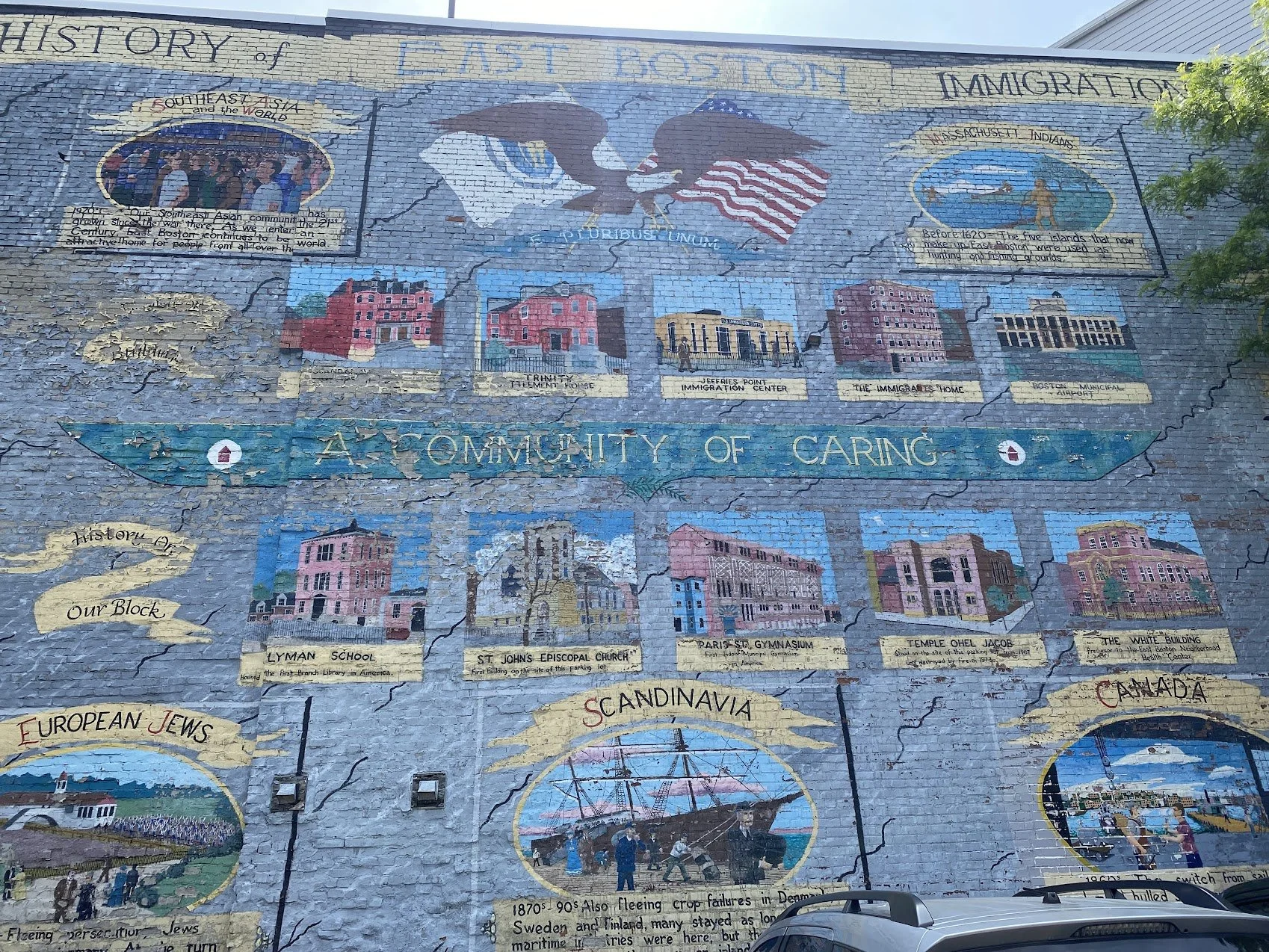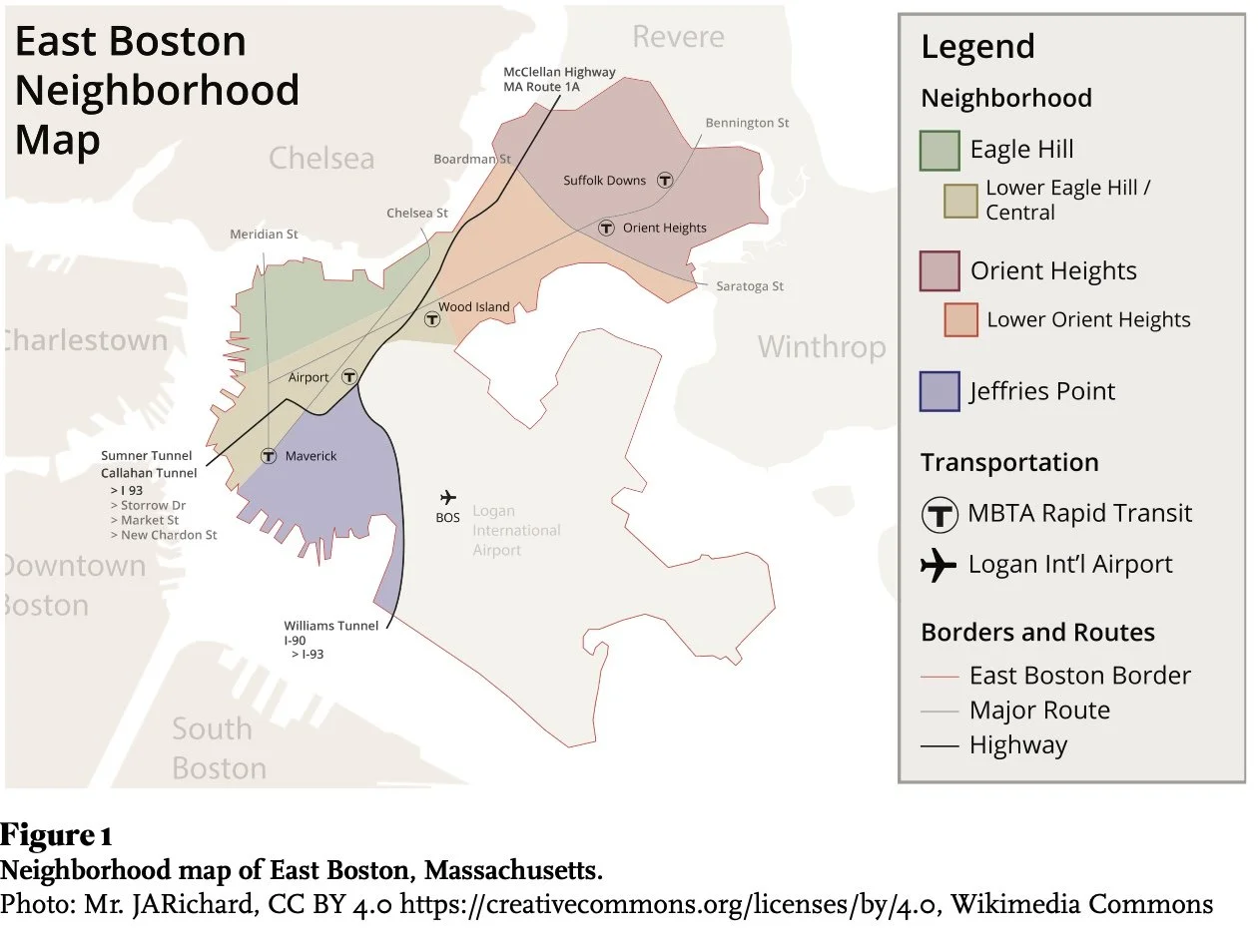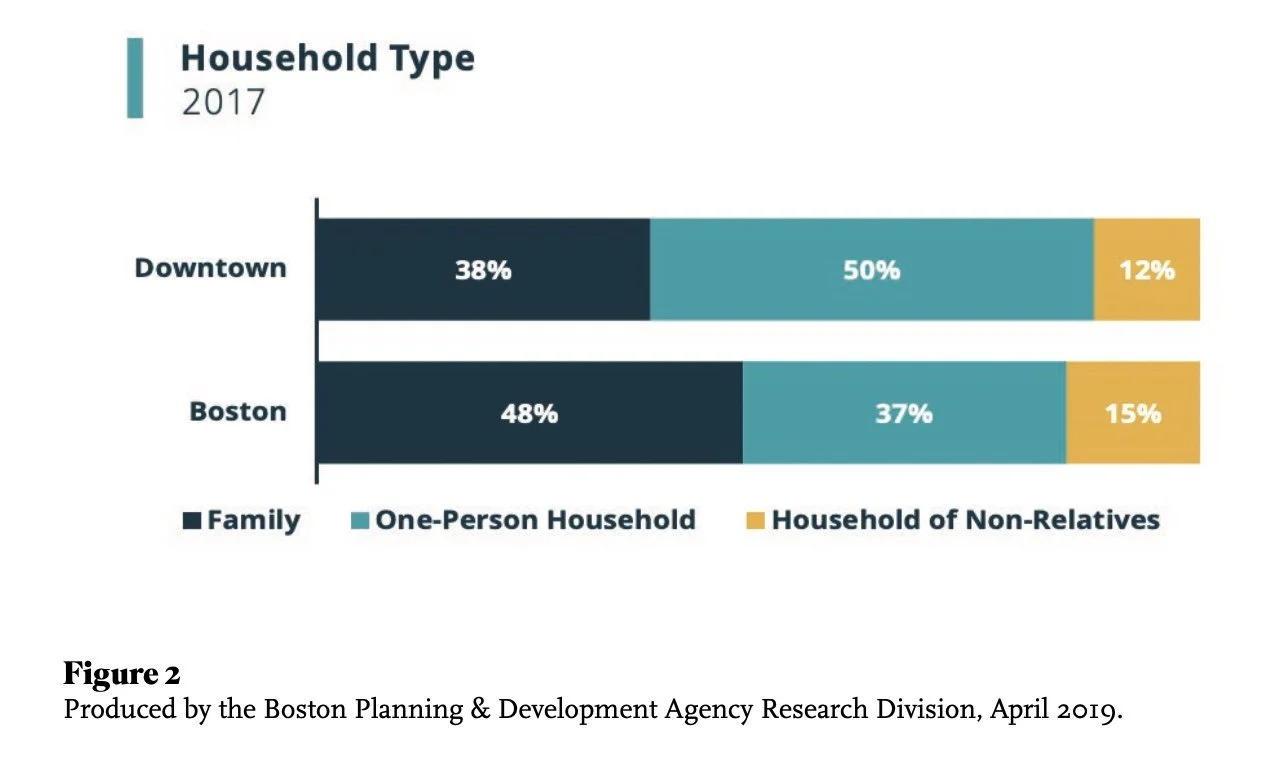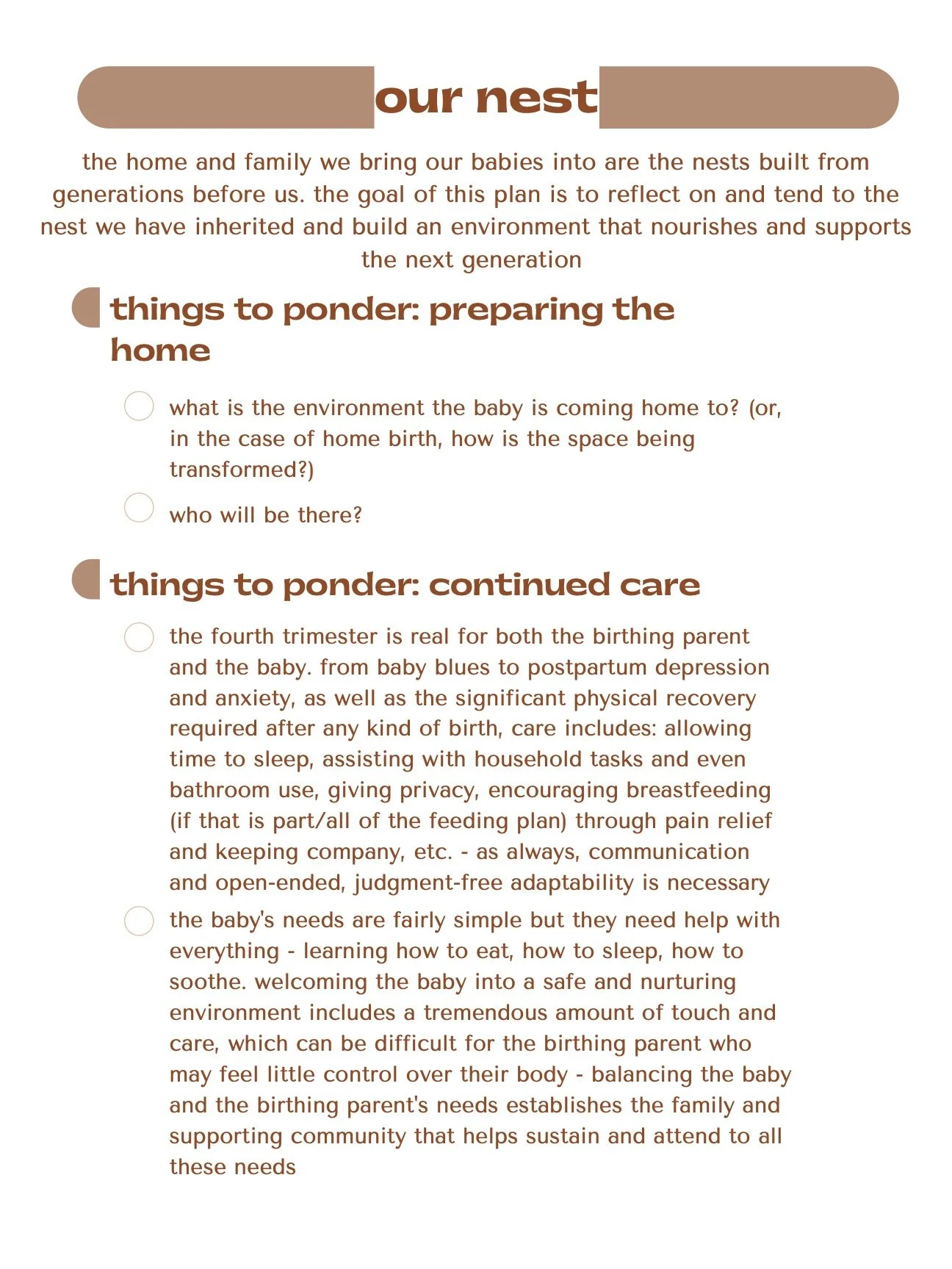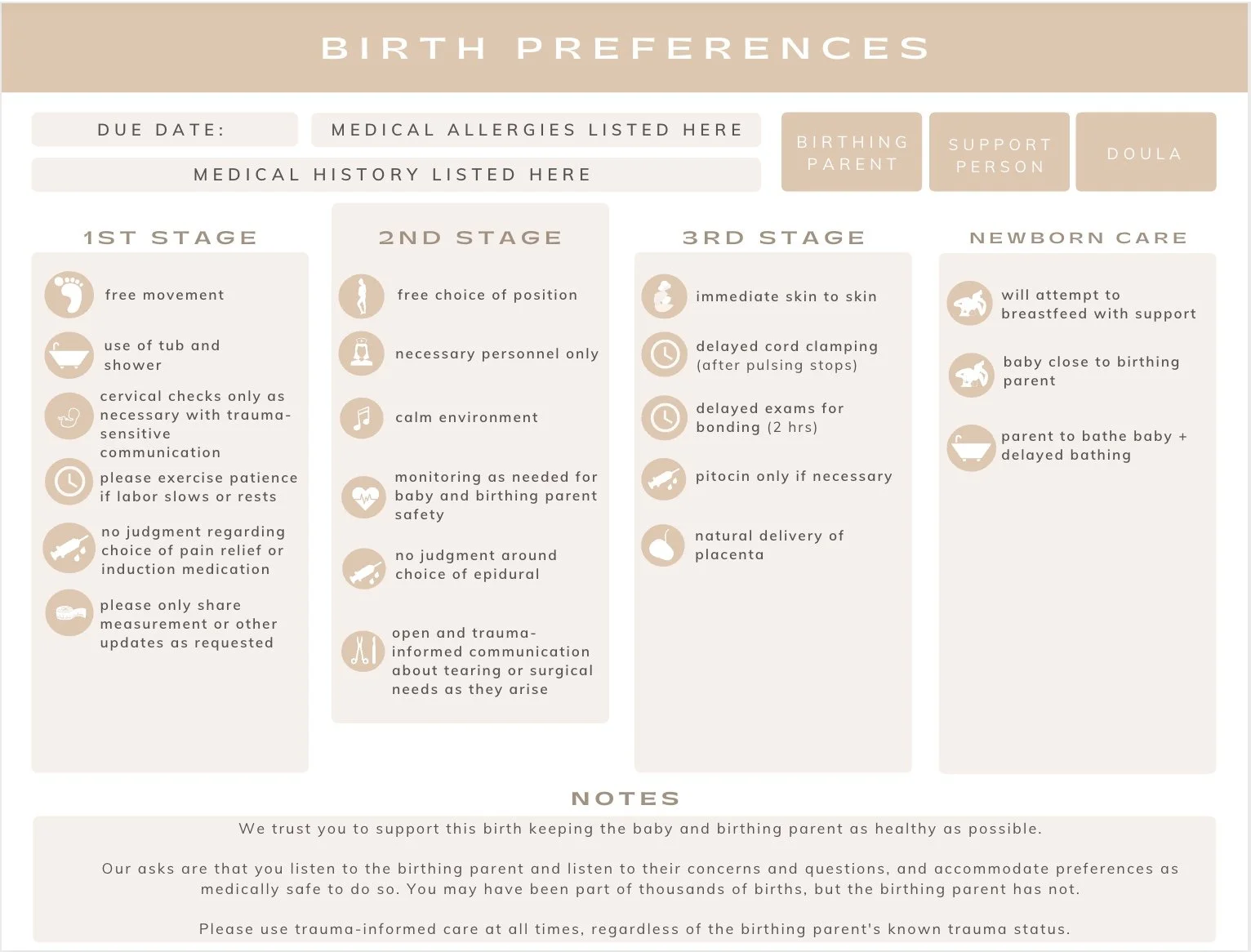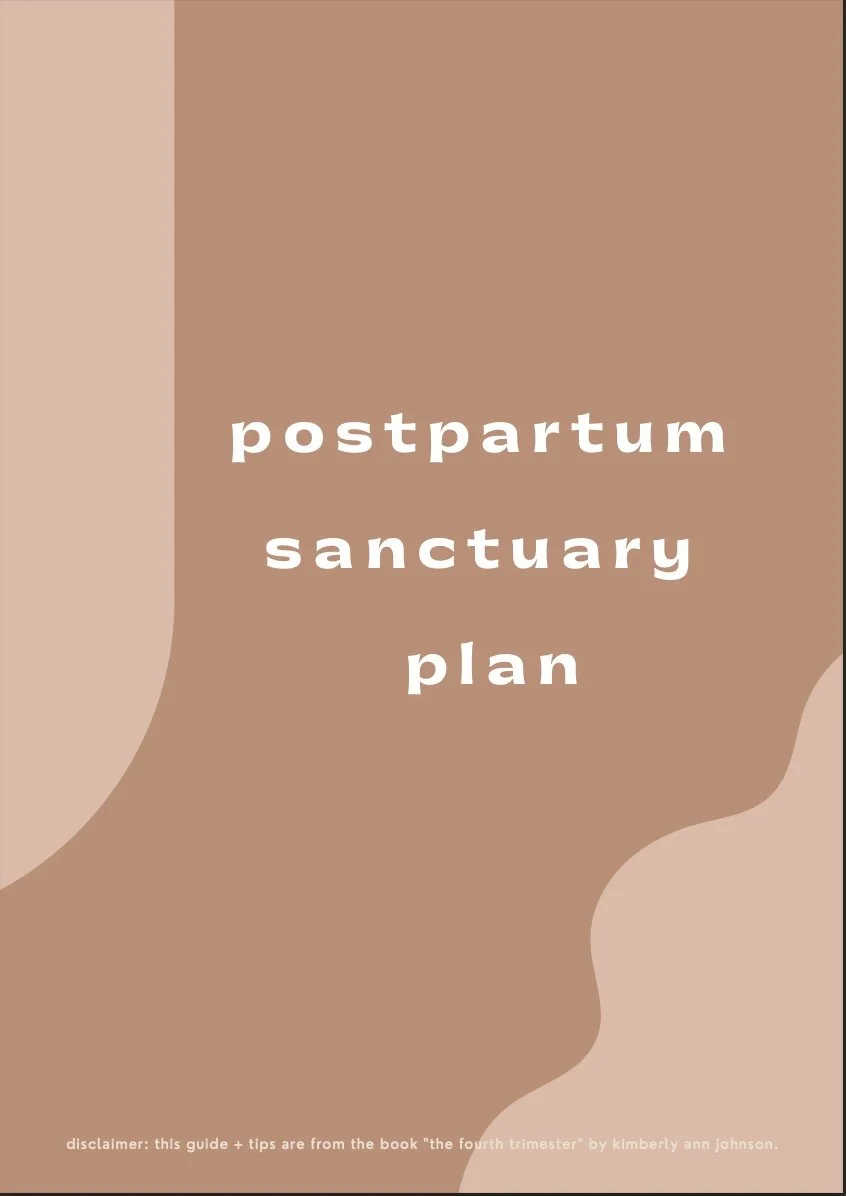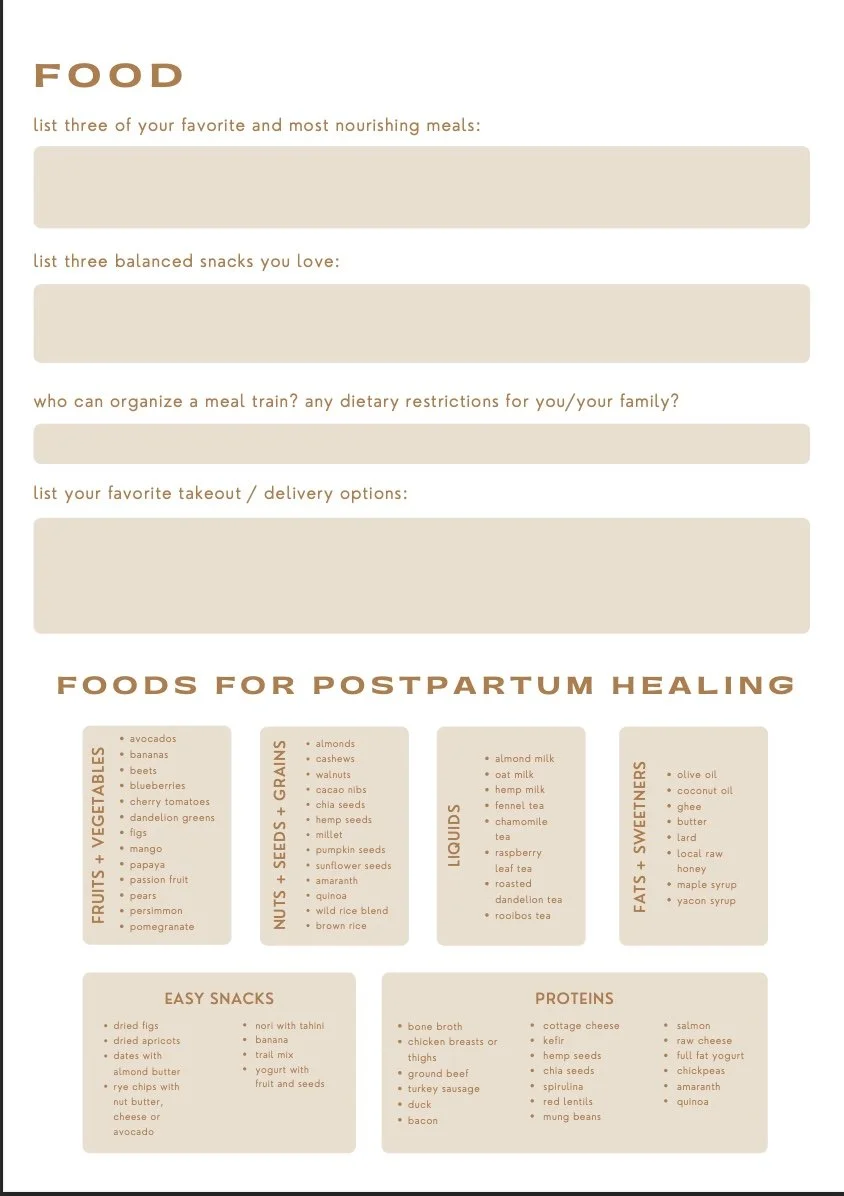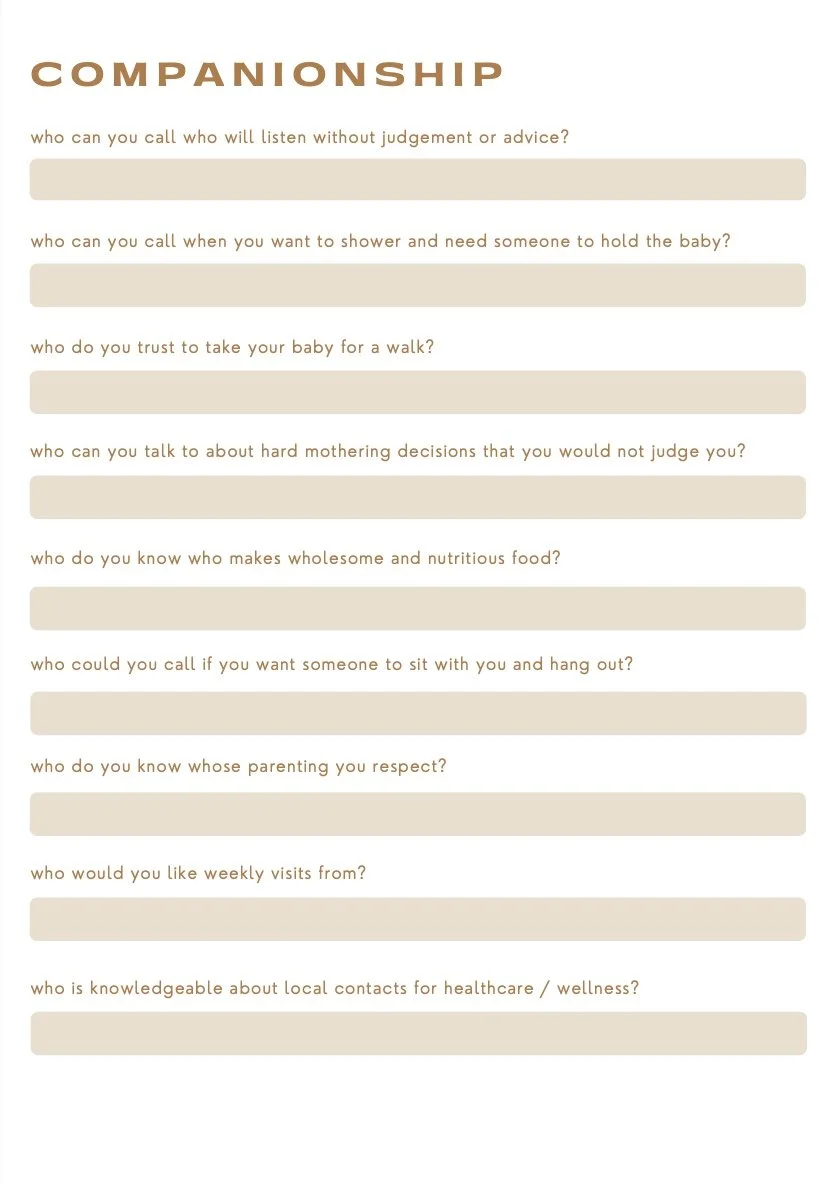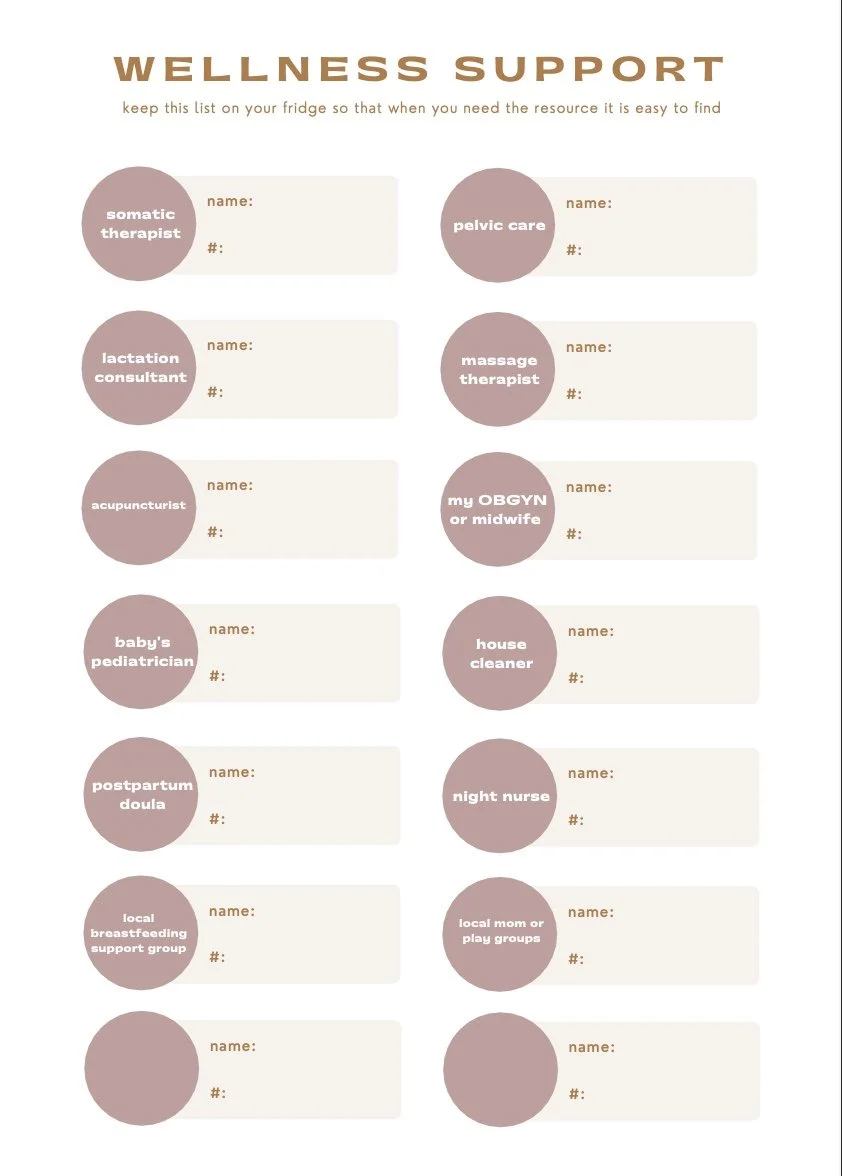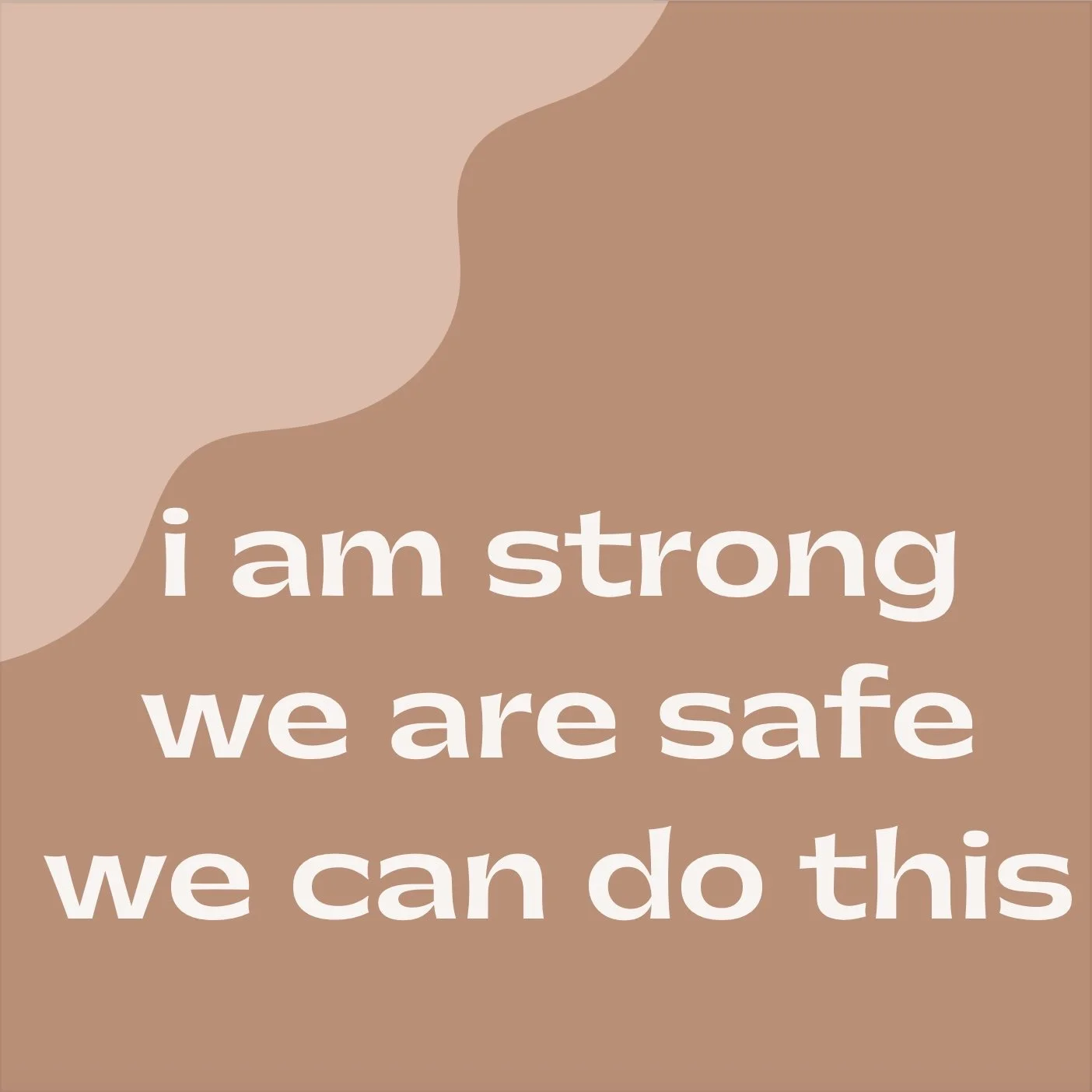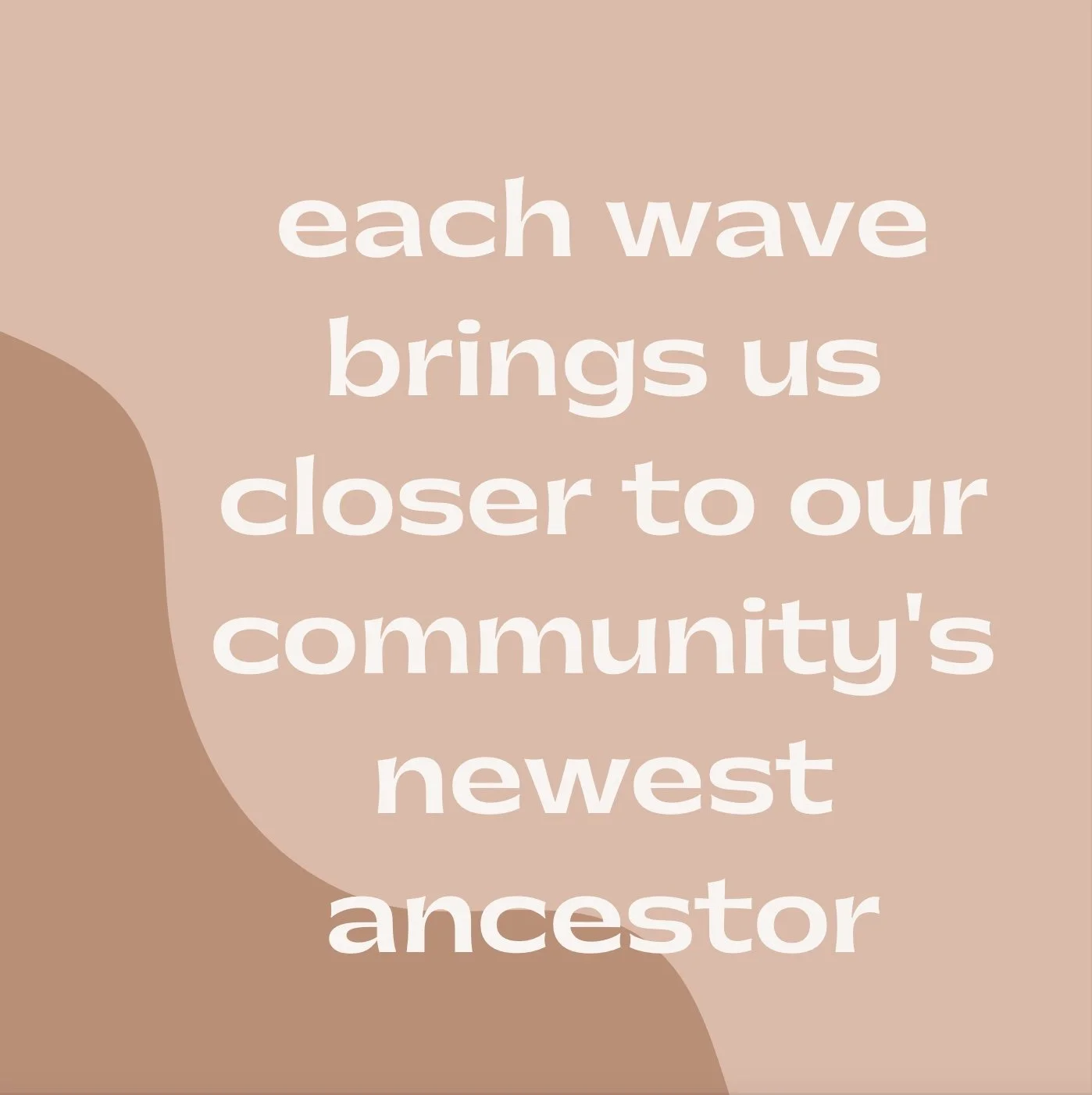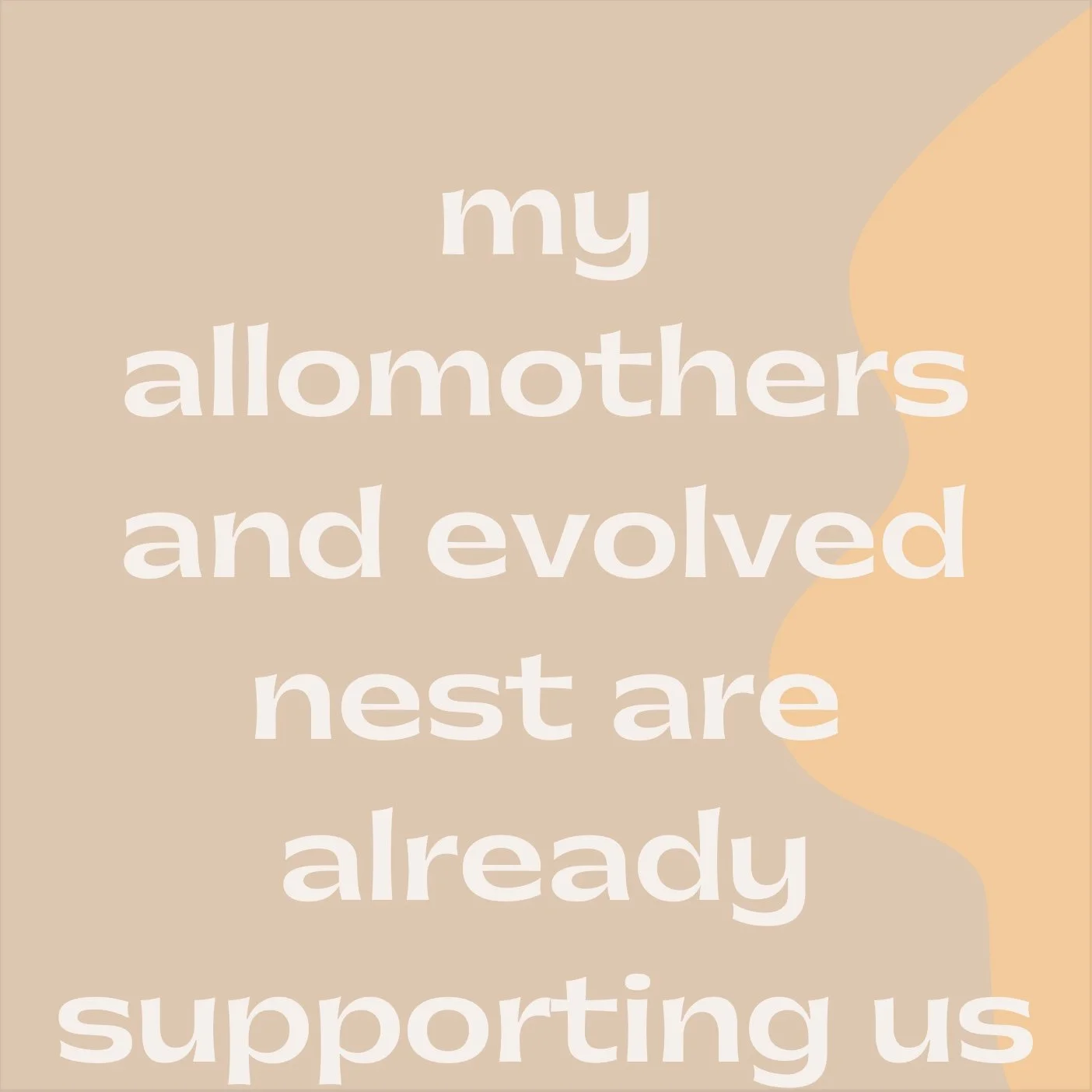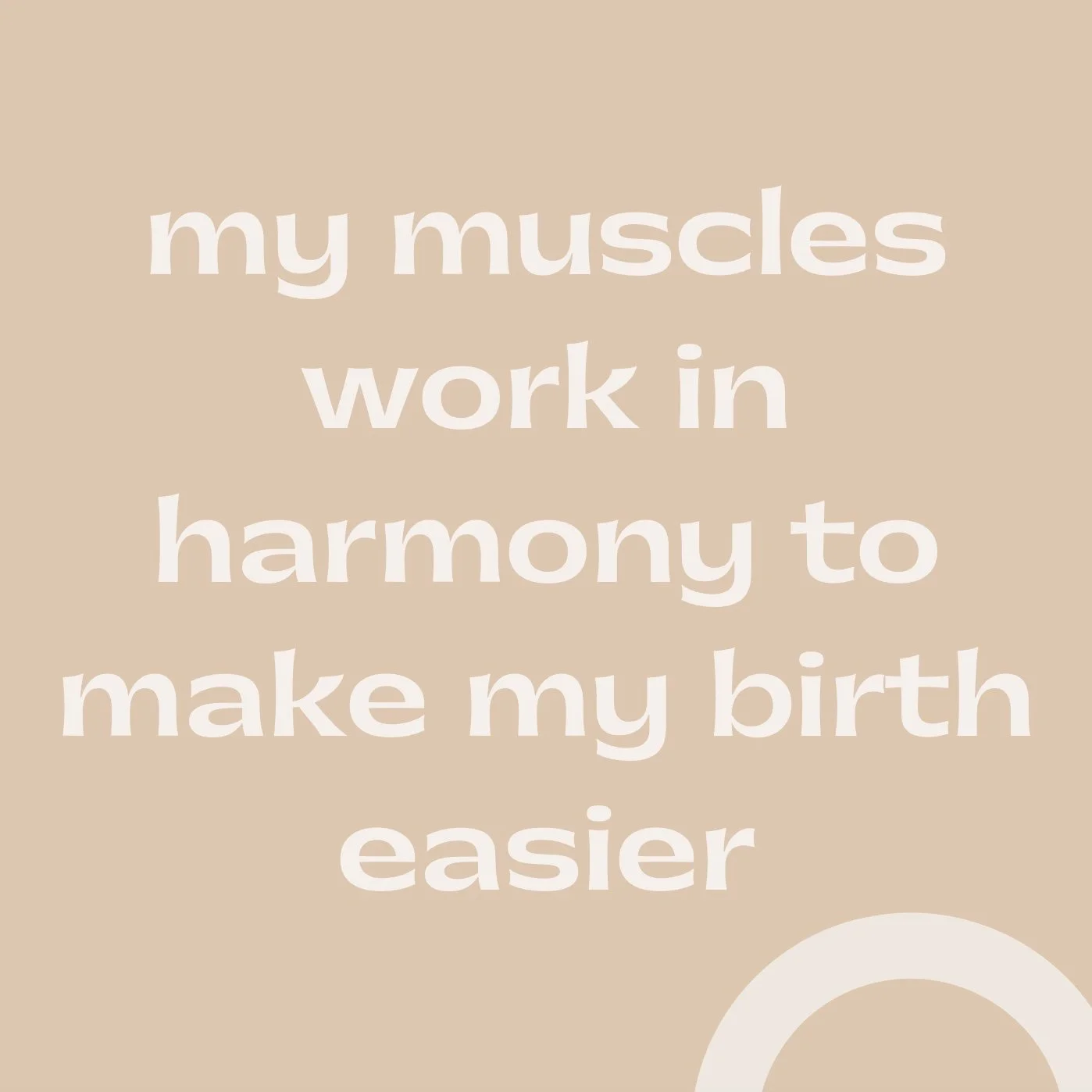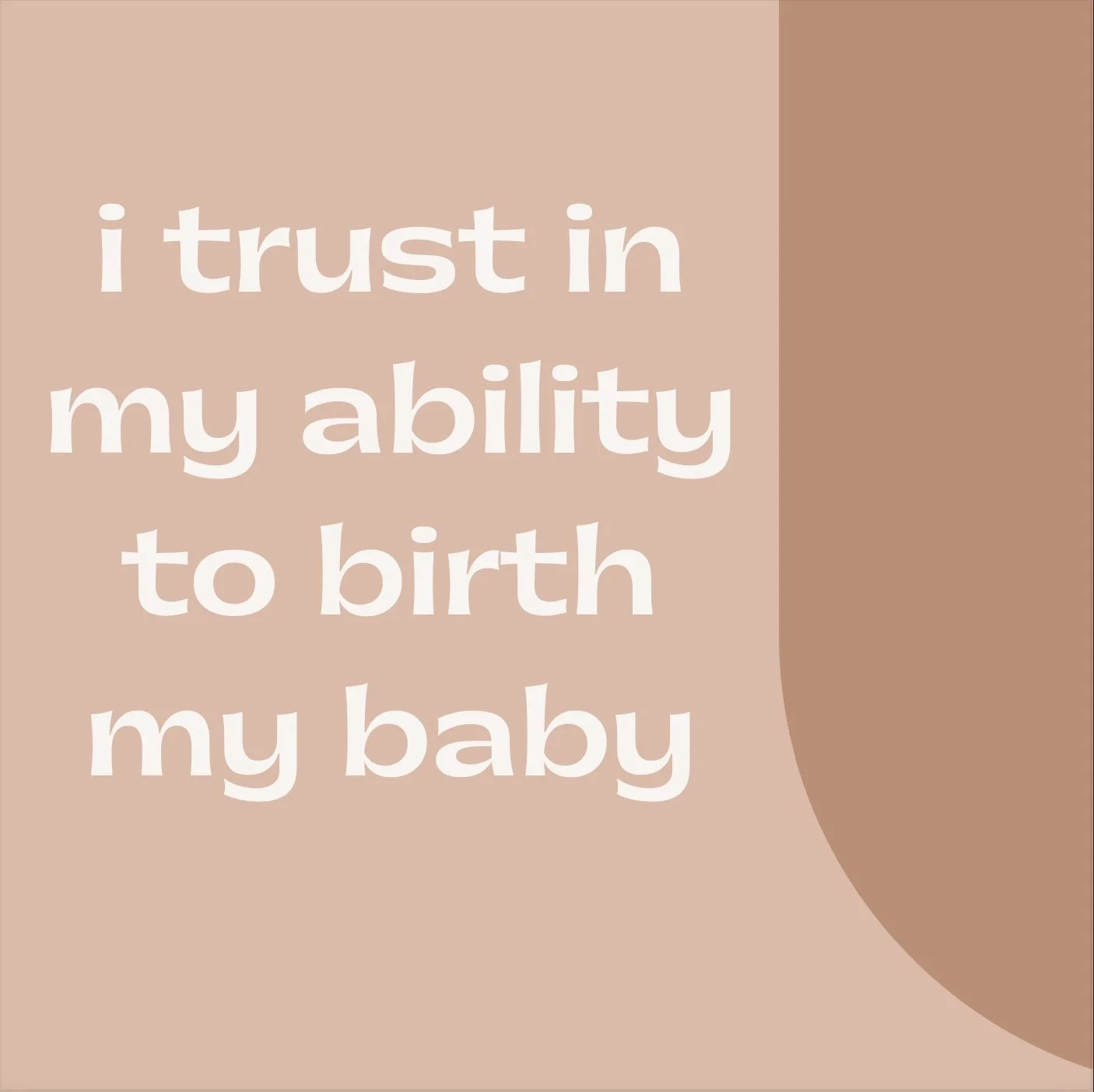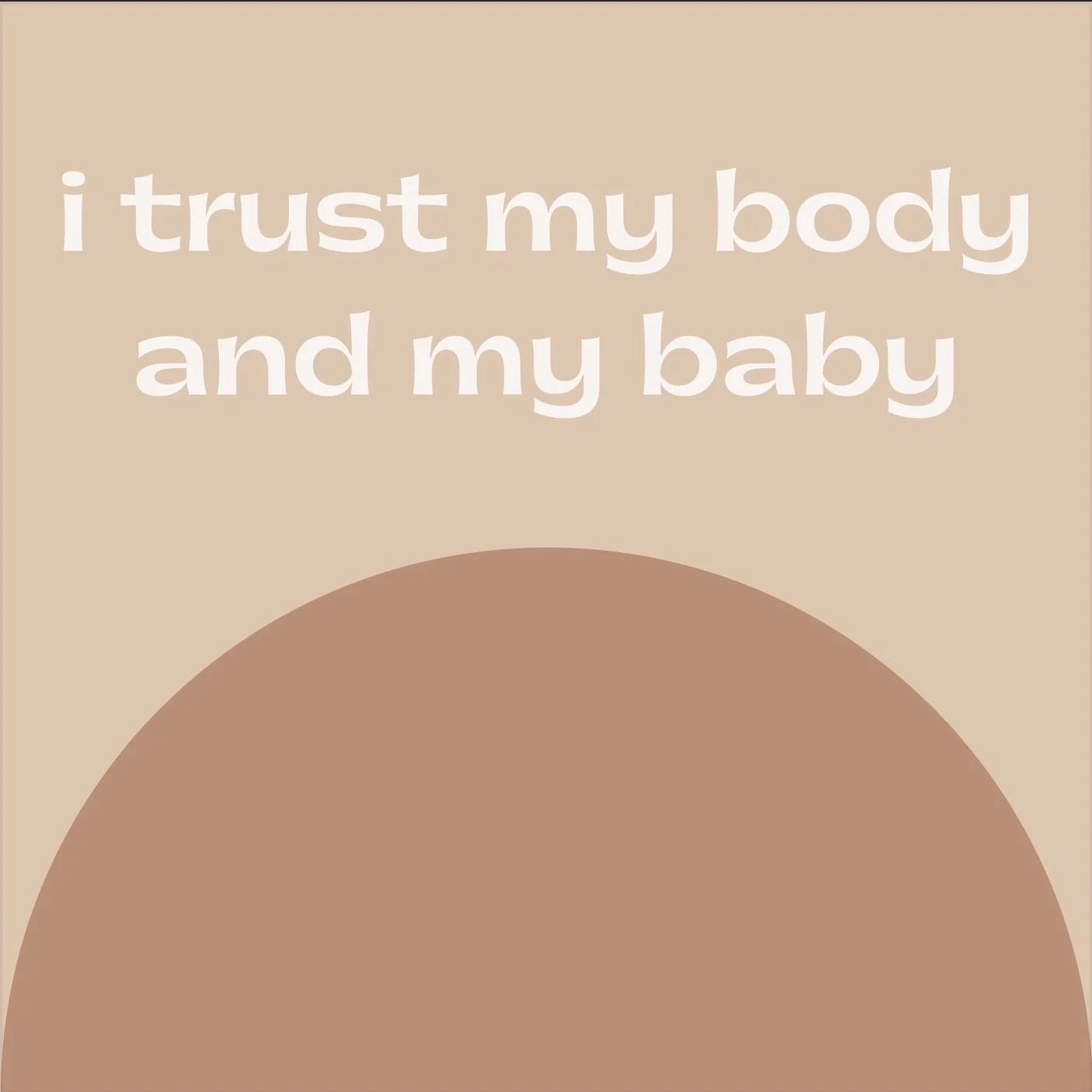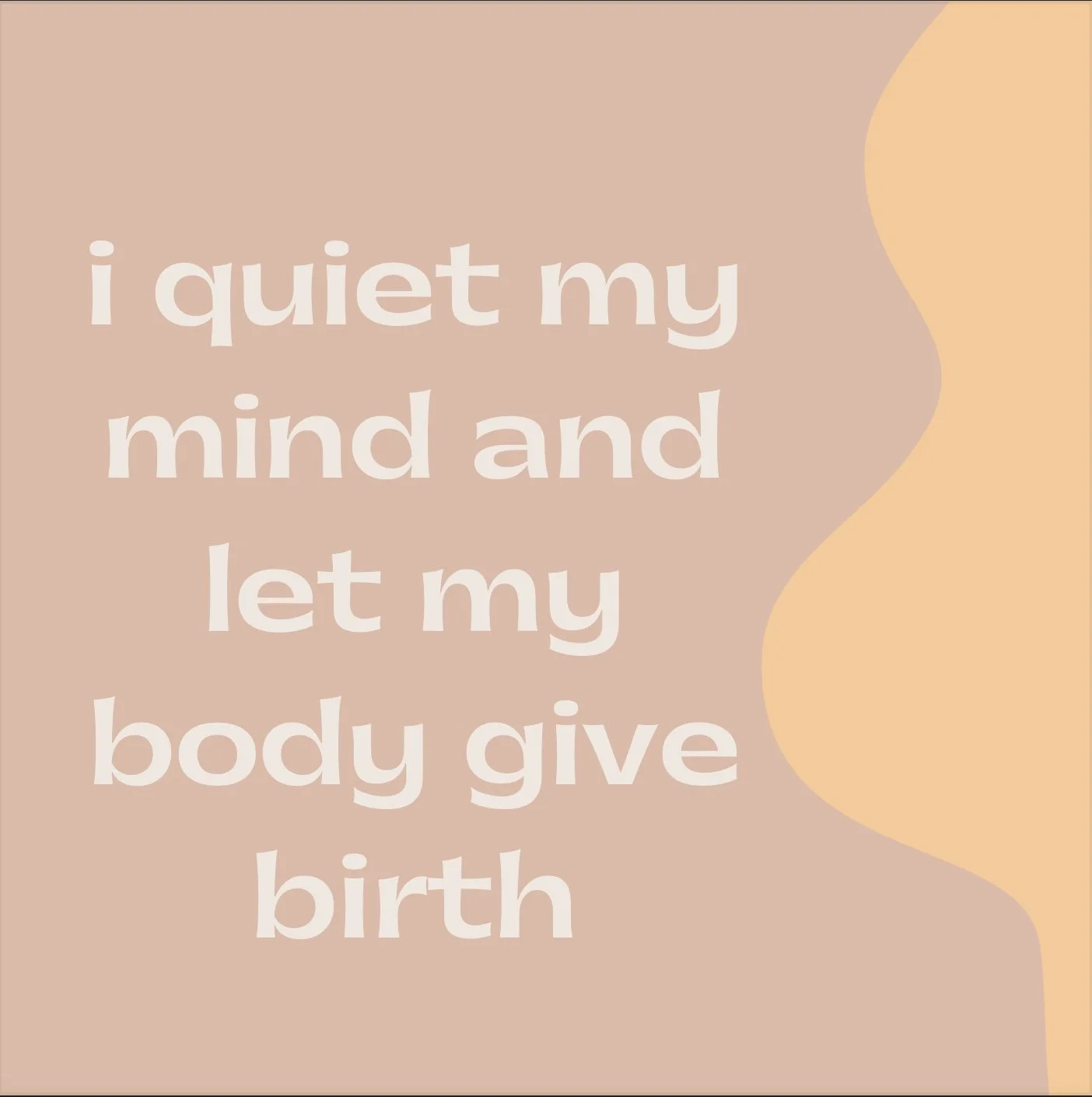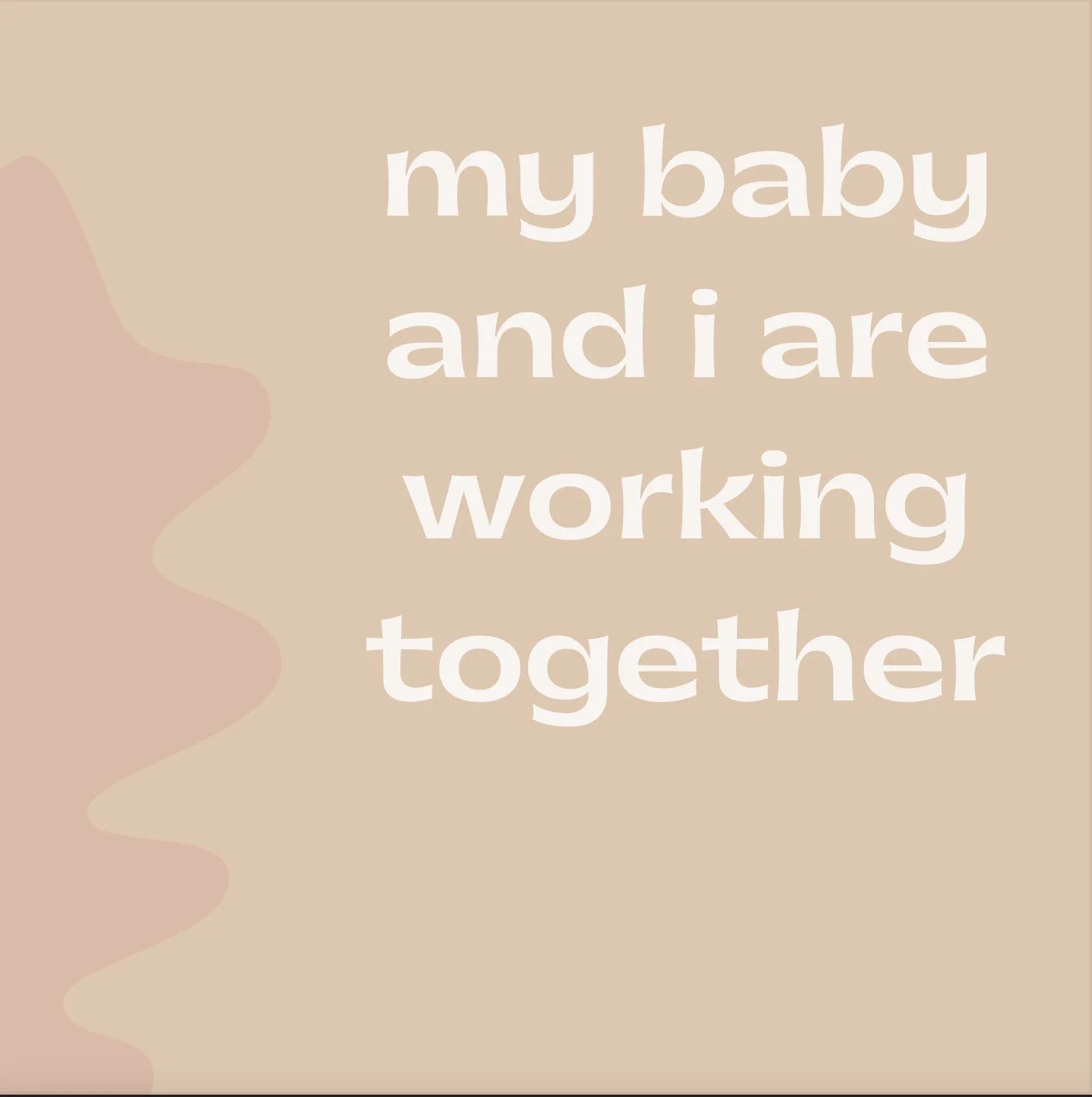This was created as part of an assignment for the Boston Public Health Commission. The target audience was senior-level leadership within the BPHC and City government.
HKS Anti-Racism Policy Journal
I was honored to join the Harvard Kennedy School’s Anti-Racism Policy Journal team as both a contributing writer and editor for its second edition, released in the Spring of 2023. My writing contribution is below, and the entirety of the journal can be found here.
East Boston: Place-Based Racial Challenges & Opportunities in the City’s Most Geographically Isolated Neighborhood
Aubrey Hartnett-Haynes
East Boston, one of the City of Boston’s 23 neighborhoods (1), is separated from the rest of the city by water on most sides. Given its isolation from the rest of Boston, access to services and necessities within the neighborhood is essential. This paper explores East Boston’s origins, geography, and demographics to set the stage for a racial justice analysis of the neighborhood. It highlights parts of East Boston that make it unique (including its history and mix of identities, as well as its ecological vulnerability), and identifies the challenges and opportunities within this vibrant neighborhood. This topic is close to my heart as a longtime renting resident in the neighborhood. While this makes my anecdotal experience rich, I have enjoyed learning more about East Boston’s history and present in order to create a robust analysis.
East Boston’s History
East Boston is a neighborhood of continuous change–of land and of peoples and has deep ties to colonial history. The land that now forms East Boston was original- ly five Boston Harbor islands that were developed and combined through landfilling in the 19th century. European-American settlement of these islands dated back to the 17th century with Samuel Maverick, a slave-owning settler to Noddle Island. From its initial development as one of the only neighborhoods that were formally planned, it has been an industrial and working-class neighborhood. This effort was spearheaded by General William H. Sumner in 1833, and his East Boston Company deeply influenced the neighborhood well into the 20th century.(2)
By the 1840s, Donald McKay, a Canadian immigrant to East Boston and designer of clipper ships, helped establish East Boston as a shipbuilding center. The early skilled shipbuilding residents largely came from Canada during the second half of the 19th century. Irish Catholics also came to East Boston in large numbers, working on building the infrastructure that would eventually connect East Boston by rail and streetcar to mainland Boston. East Boston became both a major port of entry for immigrants, similar to Ellis Island, with Portuguese, Jewish and Russian immigrants also arriving in the late 1800s and early 1900s.(3) Later, Italian Americans arrived in such numbers as to shift the dominant demographic identity of the neighborhood to its current form today.(4)
These days, East Boston is considered an Italian-American neighborhood experiencing rapid change yet again, which will be explored in the “Demographics” section. It continues to be a neighborhood with a majority of its residents born outside the United States, and with shifting working-class populations. Perhaps the most significant part of contemporary history to include here is proof of modern gentrification—East Boston’s explosion in development, particularly in luxury real estate—shifting the population in a new direction.(5)
Significant to our understanding of East Boston is not only its coastal qualities, but also its relationship to international, national, and local transportation systems. East Boston is the site of Boston Logan International Airport and also serves as an international port of entry for sea travel. While this positions Boston for easy international and regional travel, East Boston’s land-travel options are more limited. As indicated by the map (Fig. 1) there are three (two of which are one-way travel) major tunnels, two land-connected highways, and a few bridges. While residents are allowed discounted rates on the tunnels and tolls in the area, this is an additional cost and consideration for East Bostonians.
While the majority of East Boston households do have access to or own at least one vehicle, many families do rely on public transit. Therefore, it is essential to understand the public transportation infrastructure to evaluate the needs and opportunities for East Bostonians. The only branch of the MBTA train system to reach East Boston is the Blue Line, and internal neighborhood public transit is largely served by city buses. Additionally, there are newly reestablished ferry options (which can be covered by certain MBTA fare schedules), as well as water taxi services, from East Boston to Downtown Boston for much of the year.
Understanding East Boston’s geography shows how vulnerable it is as a neighborhood to any disruptions in access. Whether due to accidents, flooding from storms worsening due to climate change, security threats, or work repairing aging infrastructure, closures massively impact the neighborhood. Additionally, most residents work outside of the neighborhood and East Boston only has one major grocery store. Therefore, access to surrounding neighborhoods and downtown is crucial for most residents’ daily life.
Another essential part of East Boston’s geography relates to its origins. As it is not a natural landform, but instead five islands combined by landfill–and the neighborhood of Boston with more coastline than any other–its ecological vulnerabilities are tied into its identity. Already, certain areas are subject to flooding during major storms, and structures and transportation are impacted. The climate crisis will likely have mounting impacts, particularly in the parts of East Boston constructed out of landfill.(6)
Demographics
As mentioned above, East Boston’s demographic identity has shifted dramatically over the years. Its significant immigrant population decreased during the middle of the 20th century as the Italian-American community became established over generations. Currently, over 50% of East Boston’s nearly 47,000(7) residents were born outside of the US. It is estimated that more than 35% of the total East Boston population is undocumented (and this is presumed to be an undercount).(8)
In comparison to the general Boston population, there are several differences of interest. The population of East Boston increased at a greater rate (17%) than the city average (10%) during the 2000-2015 period. The age distribution of the neighborhood includes a higher rate of children (21%) than the city’s average (16%).(9) Most of the immigrant population is from Latin America, with major waves of immigration dating back to 1989-1990. The share of Latino residents has grown dramatically since 2000, with the US Census Bureau reporting 26,063 East Bostonians of Hispanic or Latino origin in 2015. Almost half arrived from El Salvador, with Colombia, Mexico, Guatemala, and the Dominican Republic.(10) As shown in the bar chart (Fig. 2), the total proportion of the Latino population in East Boston (58%) compared to the city’s average of (19%) means the rest of the racial makeup of East Boston is different, too. The white population of East Boston accounts for 32% (Boston, 45%); the Black/African American population accounts for 2% (Boston, 23%); Asian and Pacific Islanders account for 4% (Boston, 9%); and “Other” accounts for 4% in both East Boston and the neighborhood. North Africans have immigrated and settled in East Boston in growing numbers, which adds to the religious and cultural diversity of the neighborhood.
East Boston also differs from the city average in work and income. While new luxury construction projects threaten to shift this reality, East Boston remains a working-class neighborhood. The percentage of East Bostonians ages 16 and above who are in the workforce is higher than the city average.(11) However, the average East Bostonian household’s income remains lower than the city average, with most residents employed in the food and other service sectors. Of jobs within the neighborhood, 46% are in transportation and warehousing.(12) During the COVID-19 pandemic, many East Boston residents continued to work outside of the home as essential workers, in addition to supporting their household needs through grocery shopping or going to food banks in-person rather than through delivery services (of note, many area delivery services charge extra for East Boston given the isolation and toll roads). Also, while average rents decreased in other Boston neighborhoods, they generally held steady and then began to rise in 2021 in East Boston, further pricing out long-time and lower-income residents.(13)
Notably, levels of education differ greatly compared to the rest of the city. In 2015, only 6% of East Boston residents were enrolled in college or university degree programs, and only about 21% of residents aged 25 and older had a bachelor’s degree or higher.(14) Many immigrants experience a disruption in schooling when they travel to the U.S. or their training from countries of origin does not transfer to existing workforce opportunities. With the additional challenges of language and cultural differences, it is unsurprising that East Boston’s reported levels of education are lower than the city average.
Place-based segregation persists in Boston. The Massachusetts Port Authority controls the majority of East Boston’s land, and much of the direct waterfront-leasing projects have been for large luxury condominiums. White and affluent populations are becoming more concentrated and their residency complicates issues of public access to waterfront. In response to what long-time residents perceive as rampant development that has largely left out the interests and voices of the working-class local population, there are deep concerns about further development, including for climate-resilient projects, that may have unintended consequences of further privatization, limited access, and division between the various populations within East Boston.(15) Residents sense the change and destabilization in East Boston. Concerns of housing and livelihoods often outweigh all other issues.
Putting Data Into a Racial Justice Context
As discussed above, East Boston’s enviable real estate market with waterfront luxury properties mixed with its vulnerability to climate change has meant that it has received no shortage of public attention. However, these data points need to also be put in the context of racial justice to ensure that growing inequities are not further exacerbated.
Childcare, Education & Livelihoods
First, in terms of basic services like childcare and education, East Boston’s isolation from the rest of Boston is significant. As the mother of two small children who are in school and care in the neighborhood, I have experienced this first-hand before the pandemic up to today. The discrepancy of available spots to children is a more significant problem in East Boston than in other Boston neighborhoods (this is not to say it is not also an issue elsewhere!) There are 3,109 children under the age of five, with only 1,676 formally licensed available spots. This discrepancy is even more stark for children under the age of two. While data is lacking for the full distribution of childcare access across racial and ethnic lines, one of the most significant barriers to these limited spots is cost. Non-white residents of East Boston are more likely to be lower-income, and families with undocumented members face additional vulnerabilities. The voucher system has a long waitlist, meaning licensed childcare options are out of reach. Significantly, in the City of Boston’s latest childcare census, only 9.2% of parents said their ideal care arrangement was as primary caregivers, but 28.2% stated that as their current arrangement.(16) This means the most vulnerable and lowest earners are likeliest to have their livelihoods and earning opportunities limited - and this is especially true of single-parent households.
Another significant trend is in the makeup of the East Boston High School (EBHS) population. Whereas the racial/ethnic breakdown of the neighborhood as a whole is 58% Latino, over 80% of EBHS students are Latino. The vast majority do not speak English as a first language (77.7%), are from low-income households (76.1%), and are classified as high needs (91.4%).(17) The only other high school option within East Boston is an Excel Academy charter school. Wealthier, white students are more likely to access exam schools in the Boston Public School system, as well as private school options.(18)
The gap between white and non-white students in East Boston schools may stem from numerous causes. One may be the awareness of options and how to navigate them. More affluent, white families are more likely to know the full range of public and private options available, as well as the systems for accessing them. While a neighborhood with so few residents pursuing two- or four-year degrees might show a preference for vocational and technical school programs, the only option is far from East Boston and appears to have attracted more white students than students of other racial backgrounds.(19) EBHS does provide some job training and vocational skills options for students(20), and there are other local organizations such as Maverick Landing Community Services that provide leadership and skills trainings for East Boston teenagers.(21) Another concern, in regards to EBHS, is the presumption that charter schools provide better education and opportunities and outcomes for students.(22)
Students with younger siblings and/or with after-school jobs may not feel the same opportunity to explore a range of educational options within East Boston and beyond. If families rely on older children to provide or facilitate care and employment, that may limit their ability to leave the neighborhood, highlighting the need for robust networks of care and support within East Boston.
While EBHS has a lower drop-out and higher graduation rate than the Boston Public School average, the neighborhood does not send as many of its teenagers to two- or four-year colleges and universities.(23) Though there are no higher education institutions within East Boston, there are many options in and around the city, often easier to access than the other Boston high schools available to residents. In a neighborhood with lower-than-average incomes, the cost of higher education is the most common limiting factor.(24)
Jobs & Transportation
Adult residents of East Boston may experience difficulty finding a job because of the limited transportation options and their immigration status. Many residents travel into other neighborhoods of Boston for restaurant and other blue-collar work, relying on public transportation. The challenges of unreliable infrastructure and the increasingly frequent impacts of climate change through flooding leaves workers vulnerable if these failures make them late to work, especially as many lower-wage workers do not have jobs that allow them to work from home.
Community Organizations
East Boston has a robust network of social services and community organizations. The siloed nature of many organizations presents challenges to coordinated action. Communities have created networks of support for themselves through culturally specific organizing. One of the challenges this creates is in the ability of any given family to find services that meet their needs, and any given organization to have the resources necessary. Especially during the period of the pandemic marked by lockdowns and school closures, city-based services, such as those provided through Boston Centers for Youth and Families (BCYF) were completely halted. The neighborhood is still rebuilding these programs and necessary resources, including culturally competent staff.
Conclusion
East Boston is unique in many ways due to its geographic isolation and climate vul- nerability. Its residents have these challenges amplified through a lack of attention and access and resources. Given East Boston’s particular vulnerabilities, the City of Boston should support it more robustly by implementing policy with an anti-racist intent. The neighborhood would also benefit from the coordination of culturally-responsive resources to allow families to care for their children and elderly, allow their school-aged members to access quality education, and for their working-aged members to access good jobs and other livelihood opportunities. By using a racial justice lens to examine what makes East Boston different from other parts of Bos- ton, it is possible to see these challenges and better services, improve infrastructure and provide additional support.
Notes
1. https://www.boston.gov/departments/neighborhood-services
2. Exploring Boston’s Neighborhoods: East Boston and Global Boston Project
3. Ibid.
4. Ibid.
5. Opportunity in the Complexity: Recommendations for Equitable Climate Resilience in East Boston
6. Opportunity in the Complexity
7. Per 2013-2018 American Community Survey (Neighborhood Profile - see Appendix)
8. Opportunity in the Complexity (28), Hispanics in the Neighborhood RIT Report
9. Neighborhood Profile and East Boston Trends, See Appendix Figures 1-4
10. Hispanics in East Boston, RIT Report (10)
11. East Boston Trends (See Appendix Figure 4)
12. (https://www.bostonplans.org/getattachment/f719d8d1-9422-4ffa-8d11-d042dd3eb37b) Additionally, for every resident worker only 0.81 jobs within East Boston. Same source
13. https://bostonpads.com/blog/boston-rental-market/2022-east-boston-apartment-rental-market-report/ + https:// www.wbur.org/news/2021/09/17/greater-boston-rental-housing-allston-covid
14. East Boston Trends (See Appendix Figure 4)
15. Opportunity in the Complexity 137
16. Ashley White, Adam Jones and Samiya Khalid, “Making Child Care Work: Results From the 2021 Child Care Census Survey,” City of Boston, 2021, 6.
17. https://profiles.doe.mass.edu/profiles/student.aspx?orgcode=00350530&orgtypecode=6, https://reportcards.doe. mass.edu/2021/00350530
18. https://www.bostonglobe.com/2023/04/28/metro/bps-exam-school-admissions-errors/
19. https://www.wbur.org/news/2023/02/02/admissions-policy-massachusetts-vocational-students-federal-civ- il-rights-complaint-marginalized-students
20. https://www.ebhsjets.net/apps/pages/index.jsp?uREC_ID=321627&type=d
21. https://mlcsboston.org/youths
22. Opportunity in the Complexity
23. https://www.bostonglobe.com/2022/12/01/metro/once-underperforming-east-boston-high-school-made-gains- through-pandemic-can-bps-replicate-success/
24. Resilience report
Birthing an Ancestor
This was a project I completed as part of my Environmental Humanities and Global Health course with Prof. Kimberly Theidon. I was also featured on the Fletcher School’s Gender and Intersectional Analysis website. I share the complete project here.
Part 1: Bringing Home An Ancestor
This infographic guide is intended to help birthing parents and their support people create the environment needed, regardless of medical intervention, to reduce the instance of trauma in childbirth, and to frame the entire process of childbirth in an ancestral frame.
Part 2: Birth Plan Page
This is intended to distill preferences and priorities in a way to share with the nurses, doctors and other care providers involved in a birthing parent’s care. For those able to work with a doula, this would be a great resource to create together. For those who will have a support person in the delivery room with them, it is important to make sure that person is equipped to advocate for the birthing parent on these points, too.
Part 3: Postpartum Sanctuary Plan
NOTE: I did NOT write this, but I wanted to include it as an important element in the toolbox to give to birthing parents.
This guide is intended to help birthing parents reflect on their physical, mental, social and spiritual needs surrounding the process of bringing new life into the world. So much of the childbirth process centers only on the child, but the agency of the birthing parent has to also be centered. No healthy intergenerational experience can be created in reducing one of the generations only to a machine.
This template on Canva was adapted from “The Fourth Trimester.”
Part 4: Affirmation Cards
These were adapted from the same Canva template mentioned above. Many remain unchanged, but some of the language has been adapted to align with the language choices I have made throughout the project.
Part 5: Reflections
Here, I reflect on how I approached the project.
Thank you for engaging with my work!
Topic:
Birth plan for an ancestor
Background:
Throughout this semester, I have been reflecting on one of the earlier discussions about a reframing of our responsibilities to our communities and environment that looks beyond the living generations and instead as all we have being borrowed by generations we will never meet. If we raise ancestors – then the choices we make will surely be informed by the stories of our ancestors. As I look to my own family, there are stories of ancestors who have characteristics I wish to emulate in their way of caring for each other, centering education, and so on. Other elements are less desirable when they are extractive of people, natural resources, environments, etc. Looking at my children, they have extracted ancestors in their father’s side who survived slavery and Jim Crow America. While they should be proud of the strength it took their ancestors to survive these horrors, it is our project in raising them as future ancestors to heal those wounds so the harms of extraction are not passed on further.
This thought framework, inspired by indigenous traditions, including the concept of the seventh generation, as well as models like the ‘evolved nest,’ laid the groundwork for my approach to creating a birth plan.[1] I recognize that the resources I assume are at the disposal of whomever would utilize this plan denote a certain level of privilege and access, but I attempted to include as much gender diversity, family diversity and cultural diversity as possible.
As we have centered care throughout the semester, I wanted to imagine it more explicitly in the context of welcoming a new child into the world. This is for a few reasons, which are largely rooted in my own experience. Before exploring those, I want to be clear that this project is rooted very much in the lessons of reproductive justice. Pregnant people should not only have access to choice regarding the decision to bring children into the world, and so this resource I made is for those who wish to expand their families with a child and are able to do so. In the frame of reproductive justice, too, choice is not enough – and a hope of this resource is that it will encourage all involved in the childbirth process to center justice and care in their relative capacities.[2] Additionally, many resources and birth plans assume that everything will go exactly as planned. Even when there are no negative health outcomes, that is often not the case. I wanted to create a positive and hopeful birth plan, but one that fully acknowledged that childbirth is dangerous and scary at times, and all outcomes are not desired.
This is where trauma awareness comes in. Many people who give birth will have experienced trauma at some point in their lives, and the experience of childbirth is frequently a traumatic one in and of itself. This can be due to health issues and pain, but it can also be due to abuse inflicted by providers.[3] I argue that all involved in healthcare at any level should be required to have robust training in trauma-informed care, and my experience is that it is shockingly lacking in obstetric care. Patients should not have to disclose traumatic experiences and fight for trauma-informed care – it should be a given. Given childbirth’s role as a potential source of trauma, and the understanding we have of how trauma can be passed down to future generations, it is shocking how lacking this care is. In order to raise the ancestors we wish to have, it is in all of our interest to break these cycles of trauma – and there is a real opportunity to do so in the pregnancy, childbirth and postpartum phases.
Another set of balances I wanted to express in this project was in the context of pregnancy, childbirth and breastfeeding that are often considered the most ‘natural’ of human experiences, and the medical context. There are some jarring experiences and opportunities for some real improvements without sacrificing medical integrity. First, any assumption of instinct should be thrown out the window. Through doulas (unfortunately, I have no personal experience to draw from here), lactation consultants, nurses and other providers, as well as the community around us as birth parents who have also had these experiences, there is a tremendous need for honest and supportive information-sharing. Too often this does not occur because it is so laced with judgment. Reducing the judgment on choices for how to feed one’s child or what pain relief to use or not during labor would help birthing parents make informed, safe and supported choices.
Similarly, care during pregnancy treats the baby and pregnant person’s bodies as very connected (as they undoubtedly are). However, this is essentially ignored as soon as the baby is born. However, whether breastfeeding or not, there are continued connections and significant changes in hormones and the like – the impacts of pregnancy do not disappear overnight. Pediatricians, gynecologists and others involved in baby and parent care would do well to continue to understand how both people are doing at postpartum visits to identify how they are impacting each other physically (if the baby is not gaining weight and is breastfed, does the breastfeeding parent have a physical issue that needs to be addressed? Rather than judge them for having an underweight baby, providers should try to identify any issues and then collaborate with the parent(s) to find solutions for the both the parent and child’s health).
Of course, there is the issue of mental health care for birth parents.[4] Any parent eagerly and excitedly awaiting the arrival of a new child wants to have a positive experience. No matter how desired a pregnancy and child are, these experiences are full of intense hormonal shifts, tremendous physical discomfort, disruption, physical pain and more. And yet, there is a persistent pressure to be happy at all times about this process. Again, removing judgment and pressure of this kind would allow expecting and new parents to be more open about challenges and gain access to the supports they need.
Some seemingly small details can have a huge impact. Medical providers who deal with childbirth day in and day out are clearly expert, but they are not the ones experiencing the symptoms and going through this potentially terrifying process personally in that moment. Birthing parents should be considered experts in their own bodies and experiences, and therefore listened to as such. I struggle, therefore, with many of the birth plans you can find online. They are, quite frankly, pretty ridiculous (I did not have one for either pregnancy – I just shared with the team my preferences if possible, and asked that we keep an open door of communication (lesson learned from my first) to check-in on how I was still feeling about any given preference when the decision point arrived). Continual monitoring and certain medical policies exist as best practices or even required, but are presented to expecting parents as choices or options. I think it is important for medical providers to communicate openly where choices exist. The more detail a birth plan includes, the more opportunity there is for disappointment and anger. So, my approach in this project is to center communication and care. Communication includes expressing how best to communicate, and when those preferences might change – level of detail, with whom, etc. Care includes the medical and physical care involved, but also attending to the environment including privacy for partners to prepare themselves for this new life and encouragement through those moments when it seems impossible to continue through the pain and fear.
In the end, I think the exercise of centering communication and care with a trauma-informed approach, while pondering one’s family’s past and imagined future, will help people bring in a stronger and more caring next generation and help break cycles of harm. And, in bringing such thoughtfulness into the fabric of the family and community of caregivers, we can raise ancestors who are not extractors but nurturers.
What is included:
Birth plan page: As I mentioned, I have an uneasy relationship with these, as many templates include options that are not always options, and they not lend well to changing realities. This as a sole resource could do more harm than good. I also find that many templates are infused with a baseline level of judgment or pressuring to have unmedicated births, for example. My main takeaway is included at the bottom of this page – from the birthing parent to the provider: “I trust you, please trust me”
Affirmation cards: These are intended to help the birthing parent get through the process of labor pain and delivery. I personally cannot imagine a time in my labor where I would have pulled these out, but they could be helpful for a partner or support person who wants to be able to help the birthing parent.
Bringing home an ancestor: This is where I spent the bulk of my energy in this project. This is where, at each stage of expecting and welcoming a baby, I include ‘points to ponder’ and ideas for care, as well as encouragement for how to approach communication between all those involved in bringing a new life into the world. At each phase, I set the stage with how the baby’s nest is impacted, along with these recommendations and questions to ponder.
(Postpartum sanctuary plan: I did not write this – and most of this is adapted from another author mentioned on the title page. However, I want to include it as it is a decent tool for a pregnant person to think about the care infrastructure they need and be equipped to have conversations with their partner, their family, their village, their providers and/or anyone else involved in supporting them through the pregnancy, childbirth and postpartum processes.)
Conclusion:
I really enjoyed going through this exercise. I recognize the limitations based on personal experience and assumptions of access and resources. In continuing to extend this project, I would love to see this adapted in more culturally-specific ways, and really used as a tool for justice. Ultimately, being able to make these decisions should not be dependent on privilege.
Additionally, I want to recognize that not all people can have the families they wish to have, and sometimes that is due to tragic events during the pregnancy, childbirth and postpartum phases. Whether the birthing parent or the child, unspeakable loss is a reality. I conclude this project by extending care by giving space for this grief and loss.
[1] https://www.7genfoundation.org/7th-generation/, https://www3.nd.edu/~dnarvaez/EDST.htm, https://evolvednest.org/
[2] https://harpers.org/archive/2020/09/a-litany-for-survival-black-maternal-mortality/ - a beautiful sharing of how essential reproductive justice is
[3] Some examples: https://www.npr.org/sections/goatsandsoda/2019/10/14/769065385/why-are-midwives-and-nurses-slapping-and-yelling-at-mothers-during-childbirth, https://www.vice.com/en/article/pa7mv8/obstetric-violence-childbirth-women-allege-doctors-abused-them, https://www.statnews.com/2019/11/08/new-parents-providing-feedback-difficult-childbirth-experiences/
[4] https://www.nytimes.com/2020/03/26/us/coronavirus-pregnancy-maternal-health-system.html

